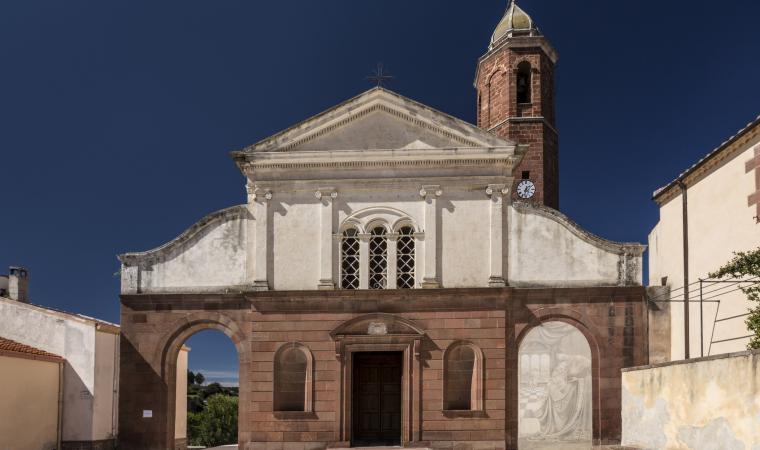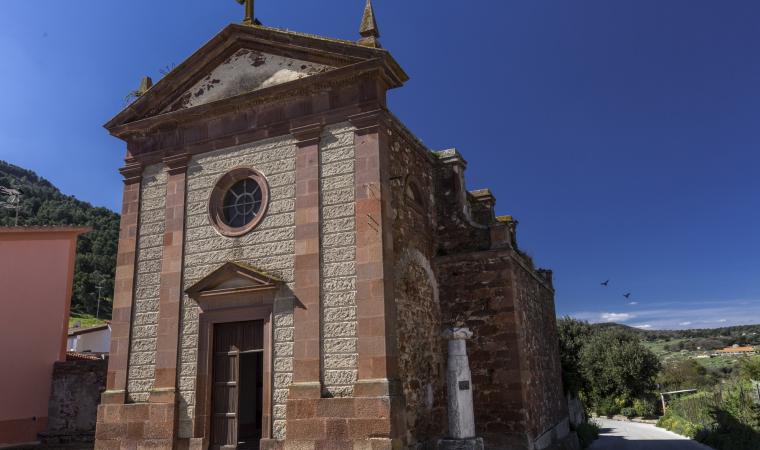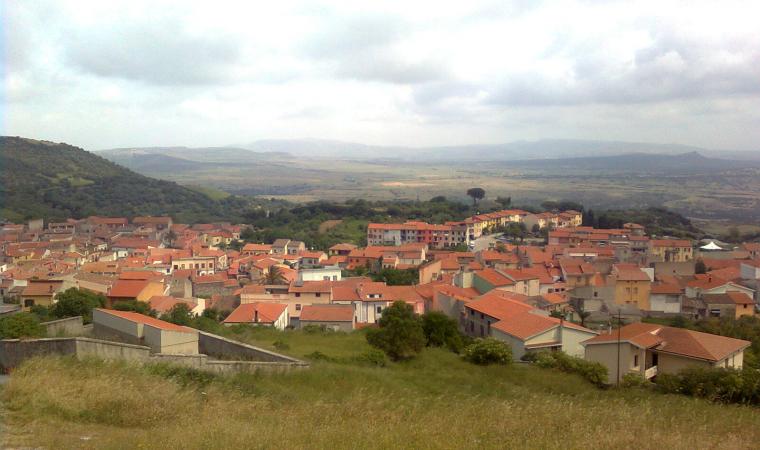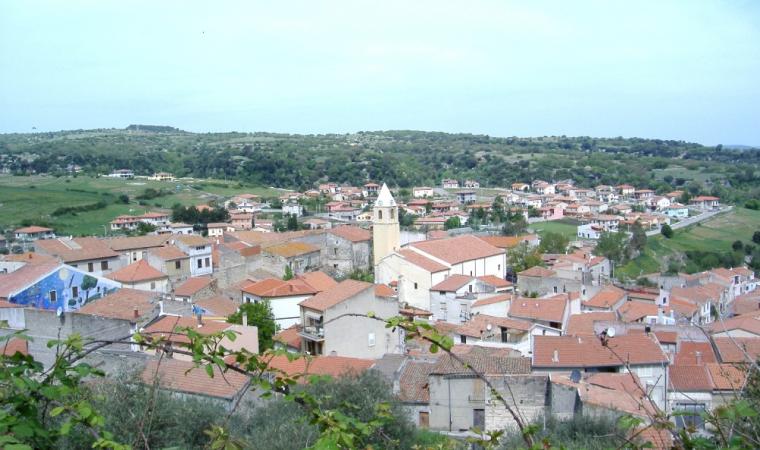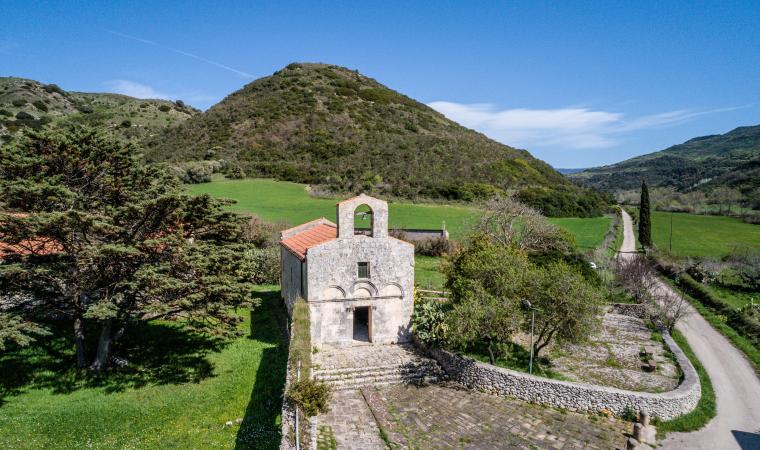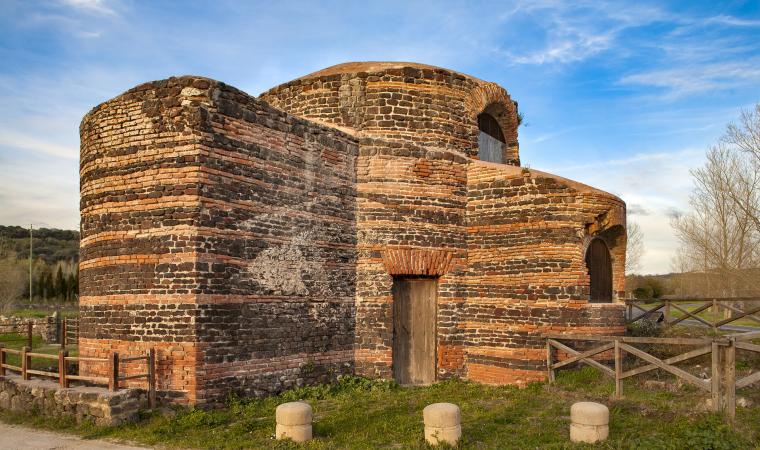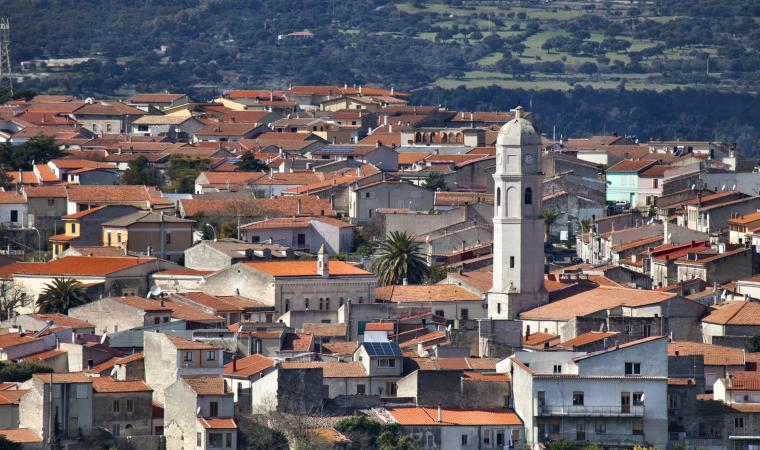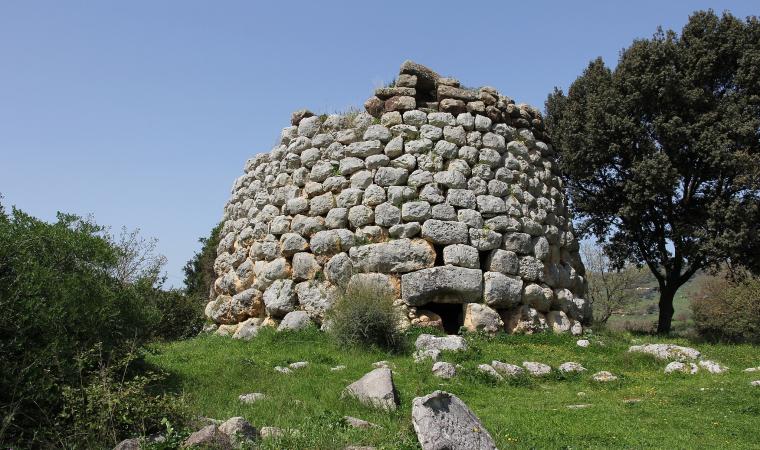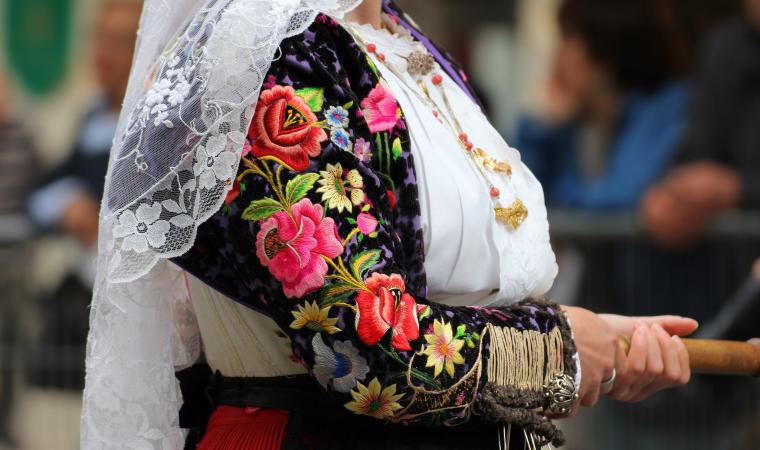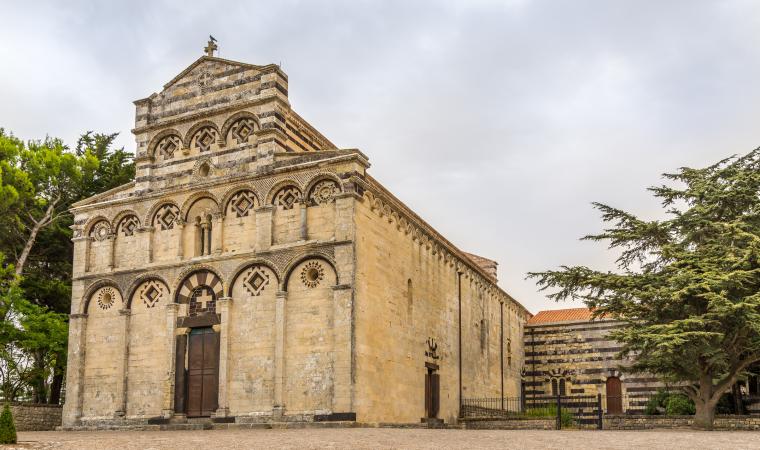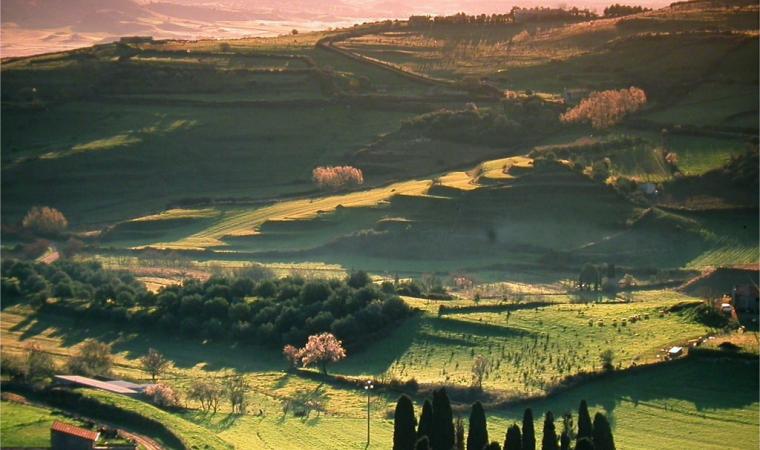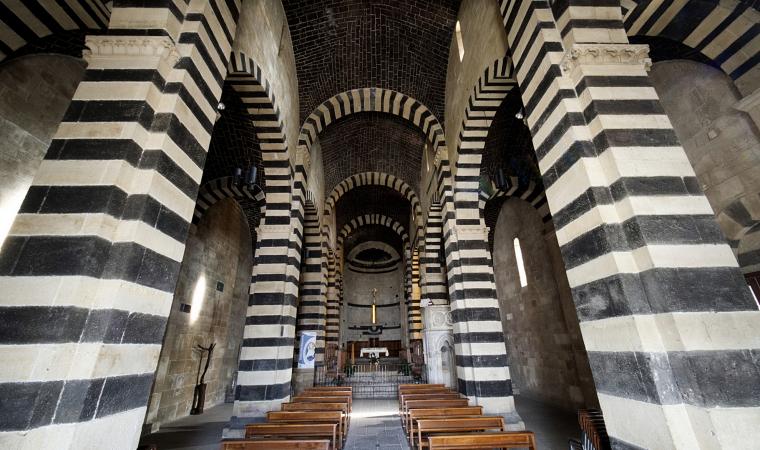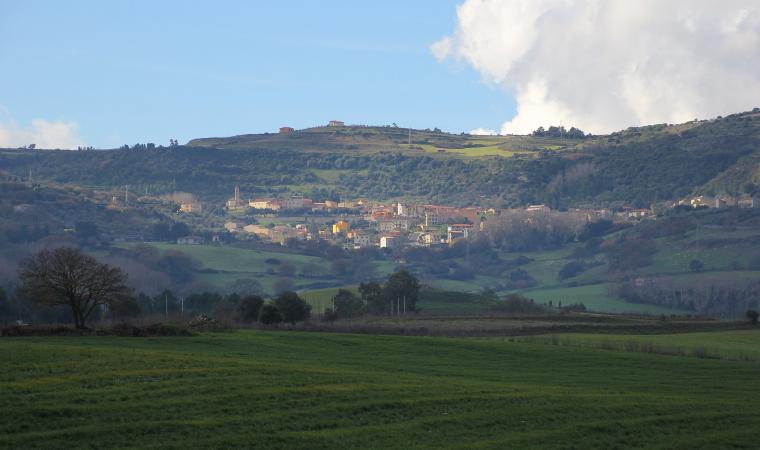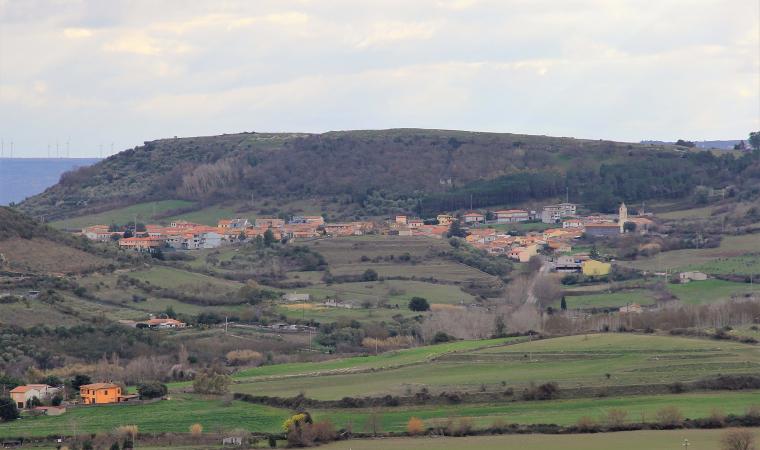Its natural beauty, of which the oasis of Badde Manna and the trachyte plains of Corona Alta stand out, and its medieval origins have contributed to it being listed as one of the Authentic Villages of Italy. Banari is a small village with approximately 600 inhabitants in the Meilogu, a historical sub-region of the Logudoro region, half an hour by car from Sassari, stretching along the foot of the Pale Idda hill and surrounded by elevations and watercourses. It was mentioned in a papal bull in 1125 and was created out of the merging together of the Villa of Vanari and the two monastic centres of San Lorenzo and San Michele. The main religious buildings in the residential area are the parish church San Lorenzo Martire, originally a 12th-century church, rebuilt in the 18th century and with a 19th-century Neoclassical façade, and the church of San Michele Arcangelo, built in Romanesque style, also dating back to the 12th century and renovated several times. Both were donated in 1113 by the Judge of Torres to the Camaldolese monks. During the extension work on the church of San Lorenzo, a tombstone containing relics and parchments was found, indicating the year in which it was built. The patron saint is celebrated in mid-August. Close to the parish church, stands the oratory of Santa Croce, built between the 16th and 17th centuries: in a fertile valley next to the village, there is the complex of Santa Maria di Cea (second part of the 12th century), consisting of a Romanesque church with a façade made of limestone ashlars and buildings known as a 'hermitage'. The festivity of the Madonna di Cea is on 8 September. Banari also boasts an historical and artistic monumental heritage: the nineteenth-century municipal building stands out in the square of Piazza Sas Bovedas, the centre of social life. Culture is well-expressed and offered by the Museum of Contemporary Art, located inside a thirteenth-century noble palace, exhibiting works of art from the 1950s. The spirit and authenticity of the village are liberated in December, in Carrelas in Festa, a celebration of typical local products, traditional dress and ancient trades. You can visit the workshops of the local blacksmiths, tanners and ceramists: terracotta objects are exported throughout the island. Artisan craftwork is the main activity, along with breeding and agriculture. The agricultural and pastoral tradition is reflected in the cuisine, featuring authentic products and ancient recipes. An event not to be missed is the Feast of the Yellow Onion, an excellent local product. Typical local pastries include biancheddus, meringues with almonds, and cozzuleddas, honey and orange fritters.
The place name may come from the Balari, a people in the Nuragic era. On the subject of Nuraghi, there are about ten in the area, all well-preserved: Sa Tanchitta and Corona Alta are made of red trachyte, while Su Crapione and Buffulinu are made of white sone. The blocks from this latter one were used to build one of twenty pinnettas, the ancient shepherds' huts that characterize a territory inhabited since Neolithic times. This is confirmed by various Domus de Janas, called coroneddos: four known as Ziu Juanne (two smaller ones dug out of the rock and two remarkably large ones) and the Domu de Su Crapione, dug out of the tuff.


